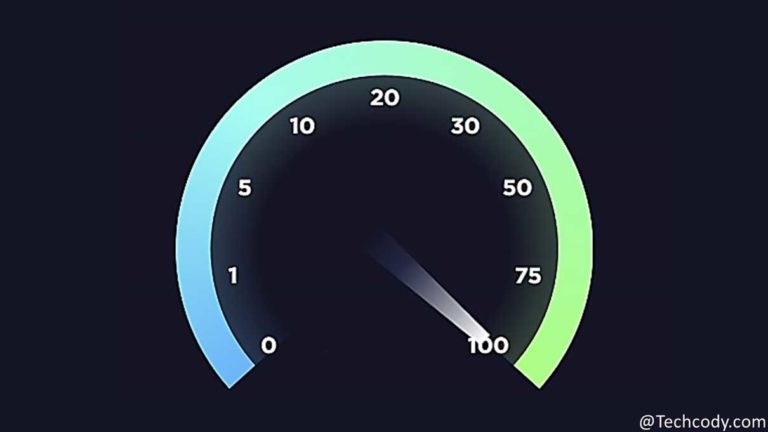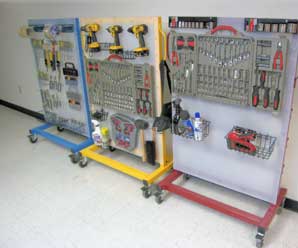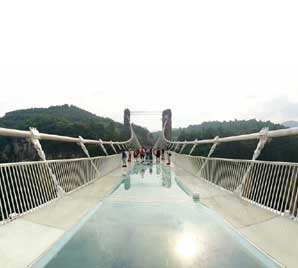What are gyroscopes & how gyroscope works as Anti gravity
Gyroscope sensor how it works
Gyroscopes are used everywhere. It is a heavy metal spinning disk. Once it spins fast it creates a very large angular momentum. They are especially in devices & technology of all kinds from smartphones in your pocket to the new horizon probe in the outer regions of the solar system. So a gyroscope is a spinning mass or wheels spinning about an axis that itself can freely rotate. The angular momentum of this spinning mass results in 2 very useful properties. These properties are rigidity in space & gyroscopic precession.
Rigidity in space is the tendency for the gyro-scope to remain orientated in space which simply means that the spin axis located here on the gyroscope will remain pointing in the same direction. That means that the gyro can be mounted in gimbals & as the base is rotated around the gyro will remain in place. The rigidity in space is useful because the orientation of the gyro can be used by mechanical & electrical systems. As to determine the orientation of the base which in a flight instrument is mounted to the airframe.
Gyroscopic effect
Any spinning masses like bicycle wheels, helicopter blades, or flywheels are subject to gyroscopic effects. So gyroscopes are used in ships, aircraft, spacecraft & a bunch of other applications to provide an orientation reference.
A gyroscope can stay upright & maintains its orientation independent of gravity, trying to knock it off balance. Since the gyroscope maintains there orientation, no matter how the plane tilts, the gyroscope continues to point upwards which is useful for navigation purposes.
P = MV
The linear momentum is equal to mass times velocity. So how hard a moving object would hit you or how difficult it is to stop a moving object? As the mass increases, momentum increases as velocity increases. If we apply this concept to something that’s spinning, the angular momentum is equal to the mass times the velocity times the radius.
L = MVR
Gyroscopic precession
It is the observed effect, that a force applied to a gyroscope manifests itself at 90 degrees later in the gyro spin. The helicopter blades act as a gyroscope & precession means that when applying a force here, the force manifests at the forward portion & would tilt left instead of pitch forward which seems very counterintuitive. The place is spinning counterclockwise, as the force takes place in 90 degrees later in the spin. So if we place gyroscope spinning disks on the vertical stand, it will cause a torque. The torque then causes the angular momentum to change. Then the change in angular momentum causes what we call a processional rotation or velocity. It will appear as if the gyroscope defies gravity.
How do gyroscopes work?
So the precession is a behavior of a gyroscope that follows from forcing the gyroscope out of its plane of spin. So if we apply a torque to a gyroscope to rotate it out of its plane of spin, the momentum of the gyroscope moves the torque by 90 degrees in the direction of the spin. The rigidity in space & precession allows us to measure different things like orientation or angular position. The precession allows us to measure the rate of change of orientation.
Mounting of gyroscope
Angle gyro
An angle gyro is mounted so that the instrument casing can move around it & the gyro is unaffected. This type of mount is known as Gimbal. Each axis of rotation requires its own Gimbal. So that a freely rotating gyro must have at least 3 Gimbals.
Rate Gyro
These are mounted so that they are forced to rotate with the instrument casing in one direction & are spring-loaded in the precession direction. The spring-loaded is calibrated so that the deflection of the gyro is proportional to the rate of rotation. As this system requires 2 Gimbals. One for the direction of the spin & other for precession.
Both Angle & Rate gyros are used in aircraft instrumentation as to provide reference information.





![How are magnets made industrially [Tech behind] 5 How are magnets made industrially](https://techcody.com/wp-content/uploads/2017/11/How-are-magnets-made-768x432.jpg)
